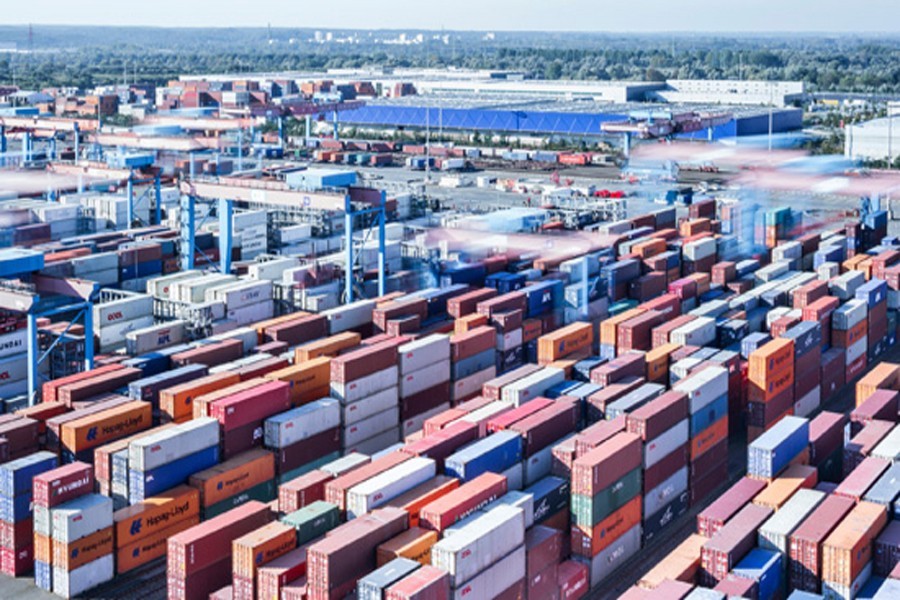
Published :
Updated :

Warehousing facility, even though temporarily, has been found to be critically inadequate, seriously affecting the country's port activities. The delay is often attributed to lack of sufficient equipment, space constraint, limited number of jetties and so on. But it is rendered further worse due to lack of facility to store increasing volumes of import and export merchandise within the port areas. In fact, the issues involving warehousing, an integral element of port operations, have not been addressed as they should have been.
A study commissioned by the World Bank shows that sea ports of the country are far from meeting the current demand for warehousing. And in the very near future, there has to be a strong and methodical drive to significantly expand the facilities, in view of fast-growing demand. The current demand for warehouse space, mainly for storing imported and exportable goods near ports, is 41.5 million square feet. Thanks to the growing international trade, the demand is expected to surge meteorically to more than 68 million square feet by 2022, according to the study. That is to say, in four years time, Bangladesh will need 26.74 million square feet of additional warehouse space. This, no doubt, poses a great challenge because providing additional warehousing in port areas will be critically fraught with problems like scarcity of space.
Because of the many limitations and problems facing port operations, warehousing does not get singled out as the answer to resolving port congestion and delay is often sought in tech-based solutions. This is why warehousing, despite being a serious constraint, did not receive urgent attention, nor were there suggestions for improvement, based on data. Now that a picture has emerged as to how things are going to be like in the very near future, the authorities must prepare on how quickly and effectively to go about it. There are challenges, and facing those would call for a comprehensive plan of action. The major challenges in this regard are absence of regulatory policy for warehousing, scarcity of land, absence of common bonded warehouses, ceiling on land holding, limited availability of structured warehouses, high cost of land in major clusters and lack of ventilation and fumigation facilities in warehouses. To improve the prevailing situation, there is a definite need for addressing the current difficulties, while concurrently finding solutions for expansion of the facilities. Formulation of a warehousing policy, in consultation with importers, exporters, logistics service providers, clearing and forwarding agents, and other stakeholders, would provide the basis and direction for action.
Framing policy guidelines for structured warehousing and logistic system is also important to be competitive in the global value chain. Major sea-ports across the world have benefited from being integral components of the value chain. Expansion of private and common bonded warehousing may play a vital role in this regard. In view of the emerging new and dynamic ideas on warehousing business, the authorities, as the experts have quite befittingly suggested, should look at various options, including that of constructing logistics and warehousing park close to the sea-ports.


 For all latest news, follow The Financial Express Google News channel.
For all latest news, follow The Financial Express Google News channel.